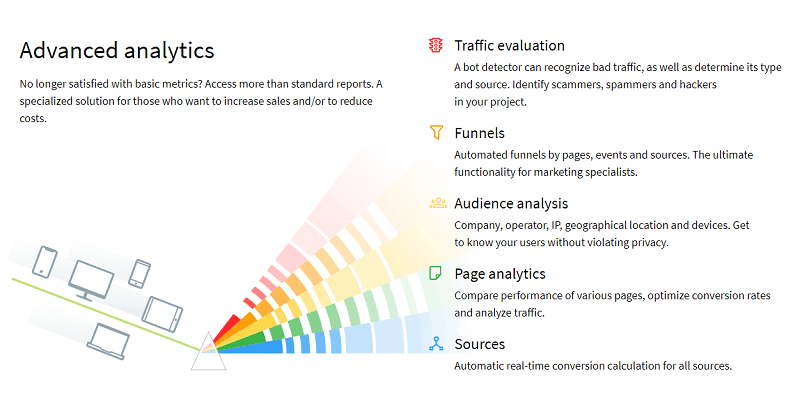You had an idea, worked hours and hours to create a great website and you are now ready to share it with the world.
But what languages does your site speak?
Whether you already have a consolidated customer base or you are starting a new business, the first step to reaching a global audience is the creation of a multilingual website that has the tremendous benefit of expanding your boundaries and making your business services and products more accessible to an international audience.
In other words, investing in translation and localization services allows you to internationalize your brand and promote its visibility globally.
Easier to say than to do it, right?
To help you in this venture, here are 5 tips for a successful multilingual website.
Table of Contents
1. Language and Localization

During the creation of a multilingual site, one of the crucial moments is definitely the decision of the languages that your site will speak. A choice that can only be made after making assessments on the relevant markets of your business.
It is important to have the focus on the market targeted before choosing the language: American English is different from British English, French is the national language of culturally diverse countries.
Which one do you want to go to?
First, evaluate the market you want to reach, and then the languages you want your site to be accessible. After this, look for some website localization services, in order to have granted results.
2. Create Quality Content
For your multilingual site, it’s crucial to create quality content.
Managing a multilingual site involves treating texts in other languages, offering professional and specific content translated for your target audience. To do this, it is crucial to have a good mastery of the language, to know the reference market in order to use vocabulary and effective expressions that reach visitors.
In addition to create the content, keep in mind all subsequent updates – a rarely updated site is not appealing to anyone, not even Google!
3. Write Relevant Content
Relavent content adds value to the website, positions the brand as a trusted advisor, and is authentic and believable.
Whether it’s a blog post or promotional information, your site’s content must be relevant to your audience. It should help you establish a link with the one who is reading your website.
If, for example, the Catholics expect ad hoc content for Christmas in December, Russian visitors would like to read about the Orthodox New Year in January. And maybe, for the U.S. public do not forget to write about the Thanksgiving Day.

4. Interactions and Language Communication
Writing in many languages means taking care of different customers for each language.
Be prepared to respond to emails, comments on your site, and maybe your Facebook fan page.
Social media are definitely good channels to divulge your site’s content, and can be a great channel for customer support (of course, in the languages spoken by your international audience).
5. Navigate, Observe and Test
Last but not least, keep in mind this important point for each of your projects.
Search for successful sites in your niche, look for inspiration on those multilingual websites that are particularly well-structured.
Navigate and observe, your experience as an average user on other sites is a crucial step in interpreting your audience’s needs and behaviors.
























Awesome article
Thanks for the tips. I couldn’t even think of managing a multilingual website before reading this. I think now I should put my foot into it.
Hello Erik,
Great tips over here 🙂
Multilingual web site are the basic need to the today generation, if one is willing to lead their step into online marketing.
Its very important that our sites would be responsive to multipule languages. American English is different from
UK English.
No, doubt content is the king but rather than content and its quality, we should also focus upon the ways to interact
our customers, because they love to ask question and they seek help from us.
Thanks for the share.
Shantanu.
Hi Erik,
If we want to grow in all the regions of the world, then we should focus on a multilingual website. So, here are some great tips.
Thanks for the great share.
After a long time, I found something new to the blogging. Need to explore more on this seems a great opportunity to take our blog altogether on a different level.
I wanted to create a multilingual blog. Your post helped me for that. Thank you.
I guess it would be really cool to have multilingual website. I have tried it using some plugin but I don’t know how great it translates.
Many thanks for posting when you have the opportunity, Guess I will just bookmark this blog.